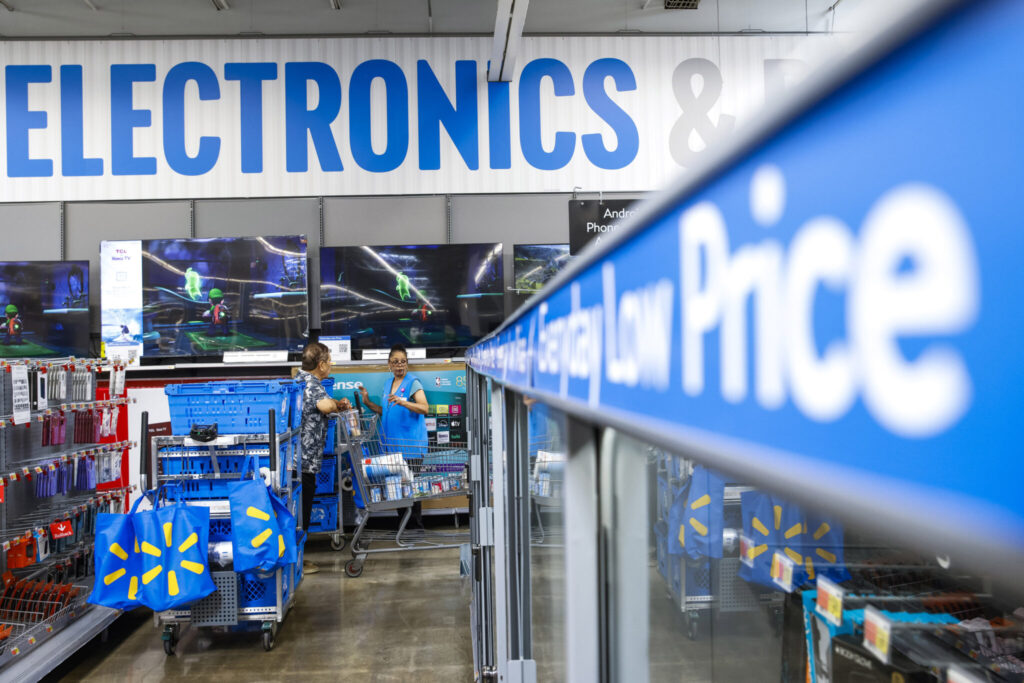Americans stepped up their spending at retailers last month by the most in a year and a half, easing concerns that the economy was slowing under the pressure of higher prices and elevated prices. The Commerce Department reported Thursday that U.S. retail sales jumped 1% from June to July after having declined slightly the previous month. Auto dealers, electronics and appliance stores and grocery stores all reported strong gains.
Quick Read
- U.S. retail sales surged by 1% in July, marking the largest increase in a year and a half, as consumers continued to spend despite higher prices and economic concerns.
- Adjusted for inflation, retail sales rose by 0.8%, with strong gains seen in auto dealers, electronics, appliance stores, and grocery stores.
- Despite the pressure of elevated prices and interest rates, rising wages and increased wealth among upper-income households have helped sustain consumer spending.
- Some economists express concern that the increased use of credit cards may be fueling current spending, with a growing number of Americans falling behind on credit card payments.
- Cooling inflation, with consumer prices rising by just 2.9% in July—the lowest since March 2021—may provide households with some relief as they continue to navigate economic challenges.
The Associated Press has the story:
US shoppers sharply boosted spending at retailers in July despite higher prices
Newslooks- WASHINGTON (AP) —
Americans stepped up their spending at retailers last month by the most in a year and a half, easing concerns that the economy was slowing under the pressure of higher prices and elevated prices. The Commerce Department reported Thursday that U.S. retail sales jumped 1% from June to July after having declined slightly the previous month. Auto dealers, electronics and appliance stores and grocery stores all reported strong gains.
Adjusted for inflation, sales rose about 0.8%. And excluding gas station sales, which don’t reflect Americans’ appetite to spend, retail sales also rose 1%.
Consumers have been pummeled since the pandemic by high prices and elevated interest rates. Yet at the same time, average wages have also been rising, providing many households with the means to keep spending.
Inflation-adjusted wages have increased slightly from a year ago. Upper-income households have also seen their wealth increase, with stock prices and home values having jumped in the past three years. Increases in wealth can encourage more spending.
Financial markets had plunged earlier this month on fears surrounding the economy after the government reported that hiring was much weaker than expected in July and the unemployment rate rose for a fourth straight month.
Yet since then, economic reports have shown that layoffs are still low and that activity and hiring in services industries remains solid. Americans are also still splurging on services, such as travel, entertainment, and health care, which are not included in Thursday’s retail sales report.
Still, some economists worry that much of Americans’ spending now is being fueled by the increased use of credit cards. And the proportion of Americans who are falling behind on their credit card payments, while still relatively low, has been rising.
But cooling inflation may give households a needed boost. Consumer prices rose just 2.9% in July from a year earlier, the government said Wednesday. That was the smallest year-over-year inflation figure since March 2021. And core inflation, which excludes volatile food and energy costs, slipped for the fourth straight month.








